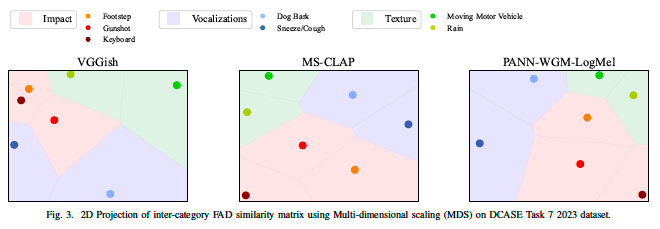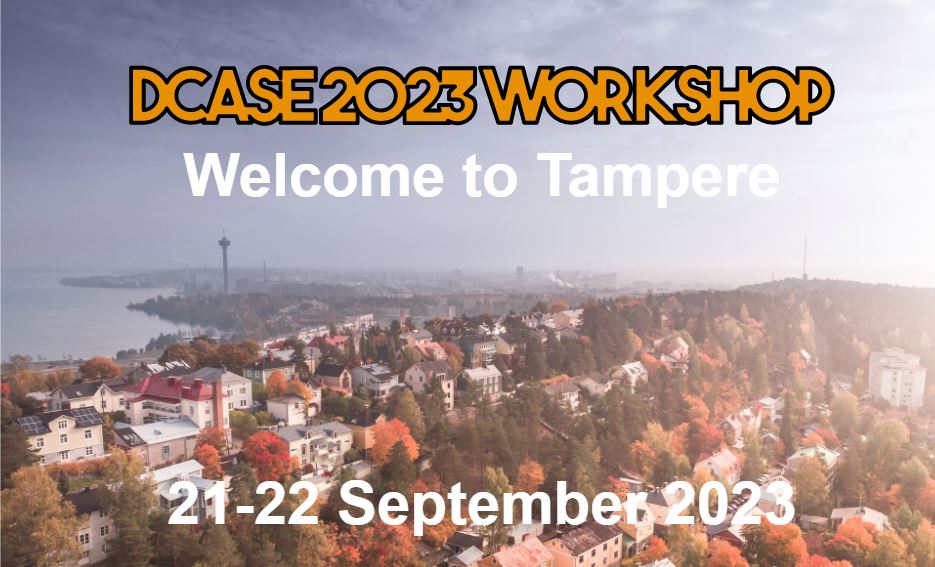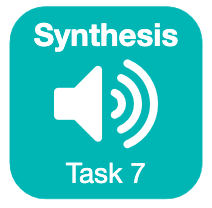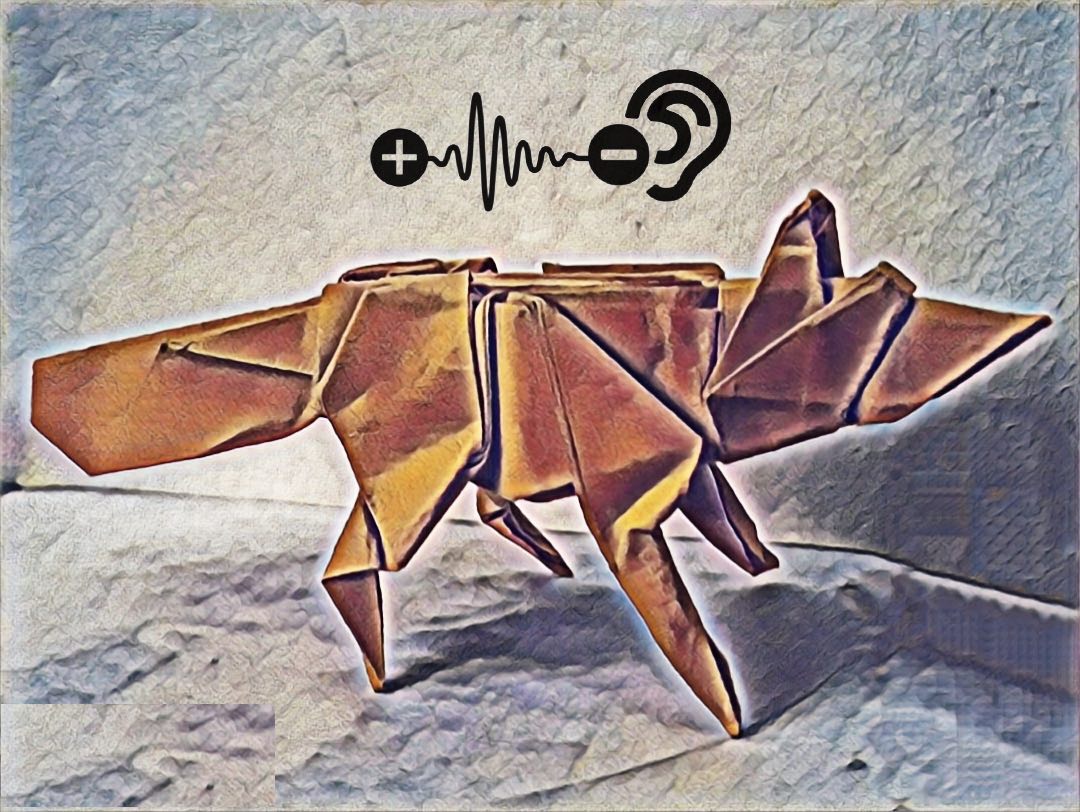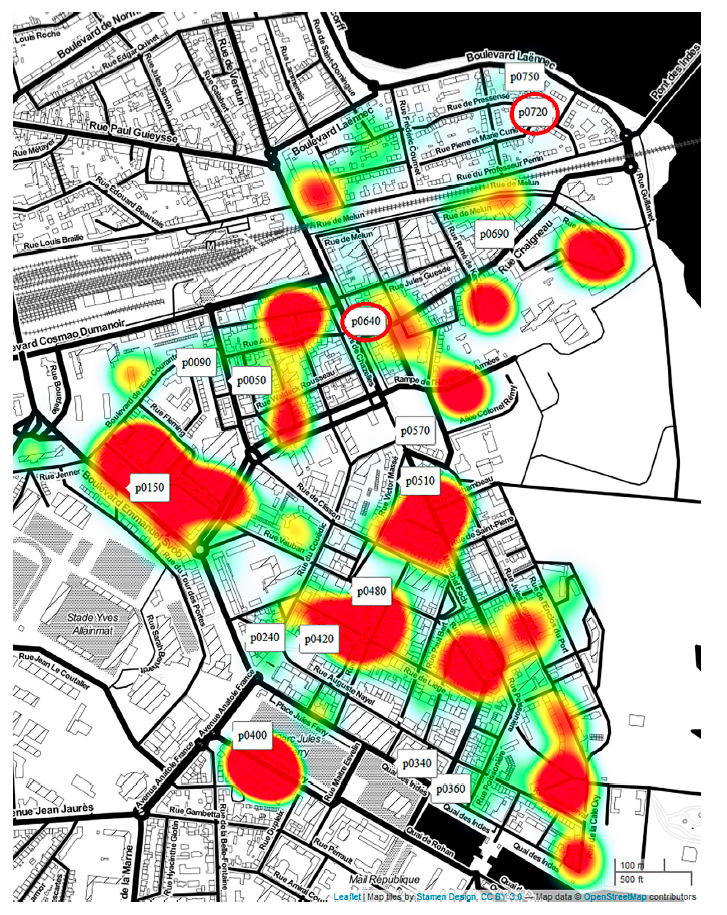Perceptual sound matching (PSM) aims to find the input parameters to a synthesizer so as to best imitate an audio target. Deep learning for PSM optimizes a neural network to analyze and reconstruct prerecorded samples. In this context, our article addresses the problem of designing a suitable loss function when the training set is generated by a differentiable synthesizer. Our main contribution is perceptual–neural–physical loss (PNP), which aims at addressing a tradeoff between perceptual relevance and computational efficiency. The key idea behind PNP is to linearize the effect of synthesis parameters upon auditory features in the vicinity of each training sample. The linearization procedure is massively parallelizable, can be precomputed, and offers a 100-fold speedup during gradient descent compared to differentiable digital signal processing (DDSP). We show that PNP is able to accelerate DDSP with joint time–frequency scattering transform (JTFS) as auditory feature while preserving its perceptual fidelity. Additionally, we evaluate the impact of other design choices in PSM: parameter rescaling, pretraining, auditory representation, and gradient clipping. We report state-of-the-art results on both datasets and find that PNP-accelerated JTFS has greater influence on PSM performance than any other design choice.
Author: Mathieu Lagrange
Detection of Deepfake Environmental Audio @ EUSIPCO
With the ever-rising quality of deep generative models, it is increasingly important to be able to discern whether the audio data at hand have been recorded or synthesized. Although the detection of fake speech signals has been studied extensively, this is not the case for the detection of fake environmental audio. We propose a simple and efficient pipeline for detecting fake environmental sounds based on the CLAP audio embedding. We evaluate this detector using audio data from the 2023 DCASE challenge task on Foley sound synthesis.
Our experiments show that fake sounds generated by 44 state-of-the-art synthesizers can be detected on average with 98\% accuracy. We show that using an audio embedding trained specifically on environmental audio is beneficial over a standard VGGish one as it provides a 10% increase in detection performance. The sounds misclassified by the detector were tested in an experiment on human listeners who showed modest accuracy with nonfake sounds, suggesting there may be unexploited audible features.
Correlation of Fréchet Audio Distance With Human Perception of Environmental Audio Is Embedding Dependent @ EUSIPCO
This paper explores whether considering alternative domain-specific embeddings to calculate the Fréchet Audio Distance (FAD) metric can help the FAD to correlate better with perceptual ratings of environmental sounds. We used embeddings from VGGish, PANNs, MS-CLAP, L-CLAP, and MERT, which are tailored for either music or environmental sound evaluation. The FAD scores were calculated for sounds from the DCASE 2023 Task 7 dataset. Using perceptual data from the same task, we find that PANNs-WGM-LogMel produces the best correlation between FAD scores and perceptual ratings of both audio quality and perceived fit with a Spearman correlation higher than 0.5. We also find that music-specific embeddings resulted in significantly lower results. Interestingly, VGGish, the embedding used for the original Fréchet calculation, yielded a correlation below 0.1. These results underscore the critical importance of the choice of embedding for the FAD metric design.
Mathieu, Vincent, and Modan present at DCASE
Our group has presented two challenge tasks and two papers at the international workshop on Detection and Classification of Acoustic Scenes and Events (DCASE), held in Tampere (Finland) in September 2023.
Apprentissage de variété riemannienne pour l’analyse-synthèse de signaux non stationnaires @ GRETSI
Foley sound synthesis at the DCASE 2023 challenge
The addition of Foley sound effects during post-production is a common technique used to enhance the perceived acoustic properties of multimedia content. Traditionally, Foley sound has been produced by human Foley artists, which involves manual recording and mixing of sound. However, recent advances in sound synthesis and generative models have generated interest in machine-assisted or… Continue reading Foley sound synthesis at the DCASE 2023 challenge
ReNAR: Reducing Noise with Augmented Reality
Noise pollution has a significant impact on quality of life. In the office, noise exposure creates stress that leads to reduced performance, provokes annoyance responses and changes in social behaviour. Headphones with excellent noise-cancelling processors can now be acquired in order to protect oneself from the noise exposure. While these techniques have reached a high… Continue reading ReNAR: Reducing Noise with Augmented Reality
Spectral trancoder: using pretrained urban sound classifiers on undersampled spectral representations @ DCASE
Slow or fast third-octave bands representations (with a frame resp. every 1-s and 125-ms) have been a de facto standard for urban acoustics, used for example in long-term monitoring applications. It has the advantages of requiring few storage capabilities and of preserving privacy. As most audio classification algorithms take Mel spectral representations with very fast… Continue reading Spectral trancoder: using pretrained urban sound classifiers on undersampled spectral representations @ DCASE
Perceptual musical similarity metric learning with graph neural networks @ IEEE WASPAA
Sound retrieval for assisted music composition depends on evaluating similarity between musical instrument sounds, which is partly influenced by playing techniques. Previous methods utilizing Euclidean nearest neighbours over acoustic features show some limitations in retrieving sounds sharing equivalent timbral properties, but potentially generated using a different instrument, playing technique, pitch or dynamic. In this paper,… Continue reading Perceptual musical similarity metric learning with graph neural networks @ IEEE WASPAA


